In this NewsFlash we hear how modified E. coli could make seaweed a source for biofuels, find out why losing sleep can help to reduce bad memories, and how an important step in the evolution of life on Earth could have happened quicker than expected!
In this episode
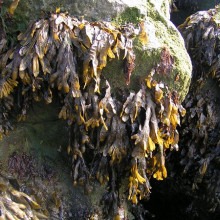
00:25 - Seaweed set to ignite biofuel boom
Seaweed set to ignite biofuel boom
Already a major contributor to the food and fertiliser industries, seaweed could also hold the key to low cost biofuels thanks to the creation of an algae-eating 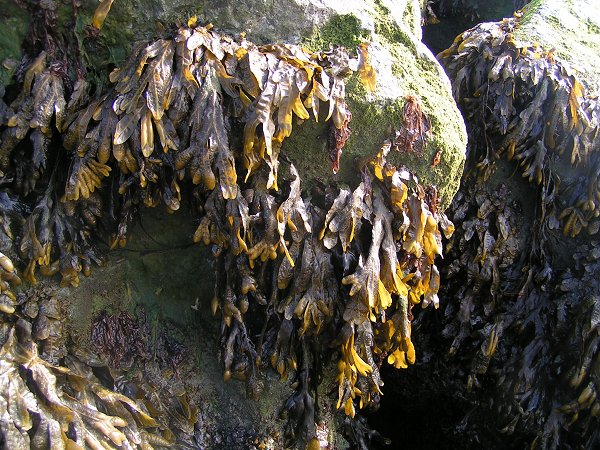 strain of E. coli.
strain of E. coli.
Writing in Science, Adam Wargacki and his colleagues from the US-based company BAL, which stands for Bio Architecture Lab, have developed a modified form of the E. coli bacterium capable of unlocking the chemical energy stored inside seaweeds and turning it into ethanol.
In tests, their re-engineered bugs work with an efficiency of over 80% and are able to generate alcohol concentrations on par with processes currently used to produce bioethanol from arable crop waste.
The major hurdle the team needed to overcome is the fact that, in seaweed, a large amount of the energy is stored in the form of a complex sugar called alginate, which is difficult for individual bacterial strains to break down, let alone ferment to alcohol.
To engineer a seafood-favouring form of E. coli, the BAL team "borrowed" genes from other organisms and used them to "tool up" their new bug strain. These included adding a secretable Pseudoalteromonas "alginate lyase", which breaks up the seaweed alginates into smaller, more-digestible fragments, and a family of genes, from a water-borne bug called Vibrio splendidus, that transport these alginates into the bacteria and then break them down.
Set to work on a diet of the common brown seaweed Saccharina japonica, the engineered E. coli yielded alcohol concentrations of 4.7% within 48 hours. Exploiting seaweed in this way offers major advantages over traditional approaches to biofuel production.
Feasibility studies have suggested that each hectare of sea would yield a dry-weight of 59 tonnes per year, which could produce as much as 19,000 litres of bioethanol, which is twice what cane can do and five times the yield achieved from maize.
And as the team point out, seaweed aquaculture would not require arable land and therefore would not impact on food production, it doesn't require fertilisers and may even help to decontaminate nitrogen-polluted water and, even more critically, this form of farming does not require irrigation!
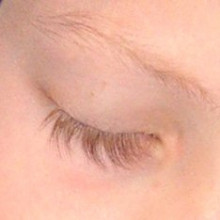
03:53 - A good night’s sleep may make bad memories worse
A good night’s sleep may make bad memories worse
A study published this week in the Journal of Neuroscience indicates that sleep can reinforce unpleasant memories. Remaining awake, on the other hand, helps you to forget.
University of Massachusetts, Amherst scientist Rebecca Spencer and her colleagues showed groups of volunteers a series of images and asked them to rate how emotionally harrowing they were.
12 hours later, after one group had been allowed to sleep for 8 hours, whilst the other group were forced to stay awake, the volunteers were then asked to reexamine the pictures.
Those who slept were much better at remembering which images they had already seen compared with those who stayed awake.
Not only that, but those who slept still rated the images to be as, if not more, traumatic as the first time they saw them. Those who stayed awake, on the other hand, found the images to be less harrowing after 12 hours.
The researchers controlled for the fact that the sleep deprived group were not simply too tired to respond to the pictures emotionally by repeating the experiment at different times of day.
These results may explain why some people can find it difficult to fall asleep after a traumatic experience, because this is the brains way of stopping you remembering something that would be better off forgotten.
So, contrary to the prevailing view that 'all will seem better after a good night's sleep' - this might actually be the opposite of 'what the doctor ordered' for people exposed to traumatic events.
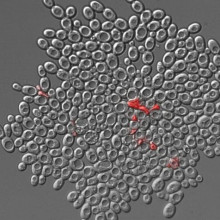
06:02 - Evolving Multicellularity
Evolving Multicellularity
Professor Michael Travisano, University of Minnesota
Prior to about 1 billion years ago, all life on earth consisted of single-celled organisms. Then something happened to trigger squads of these cells to team up together to produce the first multicellular organisms, like our bodies, and this was a watershed in the evolution of life on Earth. Now, researchers at the University of Minnesota have managed to make yeasts do something similar, but in this case it only took them about 60 days...
Michael - The experiment was pretty simple. We just grew yeast as we normally do in the lab and then every day, we let them sit on the bench and we had it race to the bottom. And whatever yeast got to the bottom first, we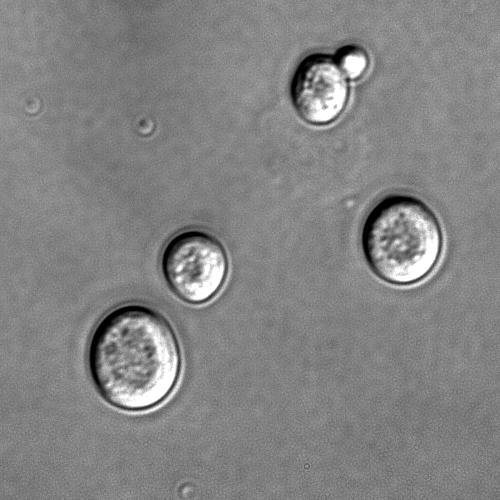 took those and started the culture again. We did this for 60 days every day, doing this race to the bottom. And unlike Galileo's experiment where it doesn't matter how heavy you are, for the yeast cells, the bigger heavier ones get to the bottom first and so, by using this mechanism of selection, we were able to select for things that were big to get to the bottom.
took those and started the culture again. We did this for 60 days every day, doing this race to the bottom. And unlike Galileo's experiment where it doesn't matter how heavy you are, for the yeast cells, the bigger heavier ones get to the bottom first and so, by using this mechanism of selection, we were able to select for things that were big to get to the bottom.
Chris - So there's a strong selective pressure for bigger cells but why does that translate also into clumps of cells, cells linking together?
Michael - There's two ways that the yeast could get bigger. One, they could just get a bigger cell and we did see some cells get quite large, but it's much easier physiologically and via adaptation to just have your daughter cells stay attached to you when you reproduce. And so, we'd end up with clusters of daughter cells attached to their daughter, attached to their daughter cells, and whole big family groups getting to the bottom very, very quickly.
Chris - And what was the relationships between these cells? Where they literally just sticking together or did they really begin to behave as though they were a family of cells where one cell did one job and another cell next door to it relied on it to do that job, and did a complementary job?
Michael - Well originally, they all did more or less the same thing. The whole family group got to the bottom at the same rate as each other and that was the big selective benefit. But as we ran the experiment along, we observed that a small fraction, about 5% would go through a kind of cellular suicide and that suicide promoted the adaptation of the whole group. It allowed the group to reproduce faster. So we began to see some differentiation as we ran the experiment through.
Chris - Have you interrogated the cells to see in what way they were changing to enable them to do these different jobs? How was it arising?
Michael - Mostly, we made videos to be honest and we watched the behaviour of the groups as they grew in our culture and we could see how the reproduction was happening. The number of cells in one of these multicellular individuals would increase and then it would cause a pressure and a daughter clump would break off. We were able to identify that the targets that the cells that were the most likely to allow for that breaking off were the ones that were dying. That was the mechanism that we did the most interrogation by.
Chris - The thing is, if I look at my own body, there are bits of me which if other bits of me don't work, those bits are inviable. So if you took your clumps of yeast cells and broke them up, would the cells then loose viability because they didn't have their neighbour to sustain some functions that they themselves were now deficient in. A bit like, if I took one of my organs, it can't survive without the blood supply provided by our blood vessel and so on?
Michael - Right. So, these are very simple multicellular organisms and so, they're much simpler than anything, than us. With very simple other extent natural multicellular organisms, if you break them up, you can often recover the whole individual from a single cell and you can even do this in the lab with plants. And like those natural experiments, we can do the same thing. If we break them up into individual cells, except for the dead ones - the dead ones don't do anything - then we'll recover the entire multicellular individual.
Chris - And just to finish this off, what do you think this tells us about how the process probably did happen back in evolutionary time?
Michael - I think it tells us that you can very simply evolve multicellular organisms just by a very slight change in the relationship between a unicellular reproductive event. Just by not letting your daughter or you granddaughters and so on kind of go off, but by sticking together, by having a cooperative strategy, that you can evolve multicellularity readily.
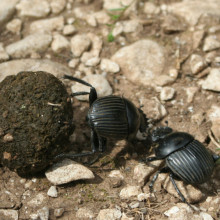
10:27 - Suicidal Comets and Dancing Beetles
Suicidal Comets and Dancing Beetles
Carey Lisse, John Hopkins University Applied Physics Laboratory; Congcong He, University of Texas Southwestern medical centre; Richard Allen, UC Berkeley; Emilay Baird, University of Lund
Comets in a New Light
A Comet diving into and disintegrating within the Suns atmosphere has been observed by scientists in the US.
The comet
C/2011 N3 is one of the so-called Kreutz family which pass extremely close to the Sun's surface. Over 2000 of them have been detected in the past 15 years.
But their paths through the Sun's atmosphere were previously uncharted and now thanks to NASA's Solar Dynamics Observatory, Solar Heliospheric Observatory and Solar-Terrestrial Relations Observatory, the self-destructive path of this most recent C/2011 N3 comet has been observed.
Carey Lisse from the John Hopkins University Applied Physics Laboratory comments on the discovery...

The Benefits of Exercise
Exercise induces the clearance and recycling of components within our cells, resulting in protection against metabolic disorders such as diabetes.
Working with mice,
Congcong He and colleagues, from the University of Texas Southwestern medical centre, found that exercise triggers a process called autophagy - the self-clearance and catabolism of certain cell components.
This is mainly triggered within skeletal and cardiac muscle to enable increased endurance and glucose metabolism simultaneously protecting against certain metabolic conditions.
Detecting Earthquakes with Citizen Science
Citizen scientists could lead the way for
earthquake research and detection in the future.
Citizen science involves members of the public reporting on and collecting data to aid scientific research. Recent electronic applications in the field of seismology include the 'Quake-catcher' program turning your computer into a seismometer and placing it on a global network as well as more mobile apps such as the 'i-shake Cal' app for iPhones collecting ground shaking measurements.
Publishing in the journal science, UC Berkeley's Richard Allen explains their importance in seismology.
Dancing with Dung
And finally, the mystery of why
dung beetles dance, has been solved by scientists at the University of Lund.
Dung beetles form individual balls from a dung pile which they then roll a safe 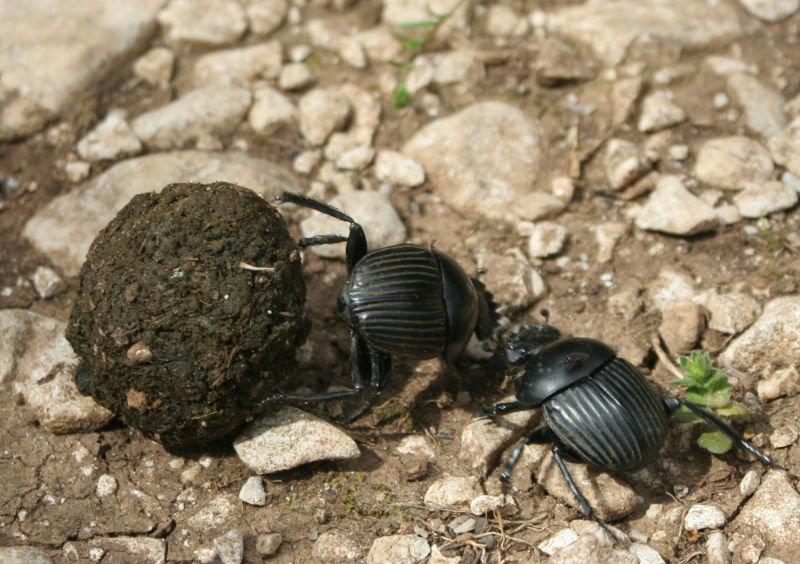 distance away to feed on without competition. The beetles are known to climb on top of their ball and spin around along certain points of their route and the reasons behind this have previously been unknown.
distance away to feed on without competition. The beetles are known to climb on top of their ball and spin around along certain points of their route and the reasons behind this have previously been unknown.
Working with beetles in the lab, Emily Baird has discovered that this dance it's all about the beetles knowing where they're going...
The work is published this week, in the journal PLoS one.










Comments
Add a comment